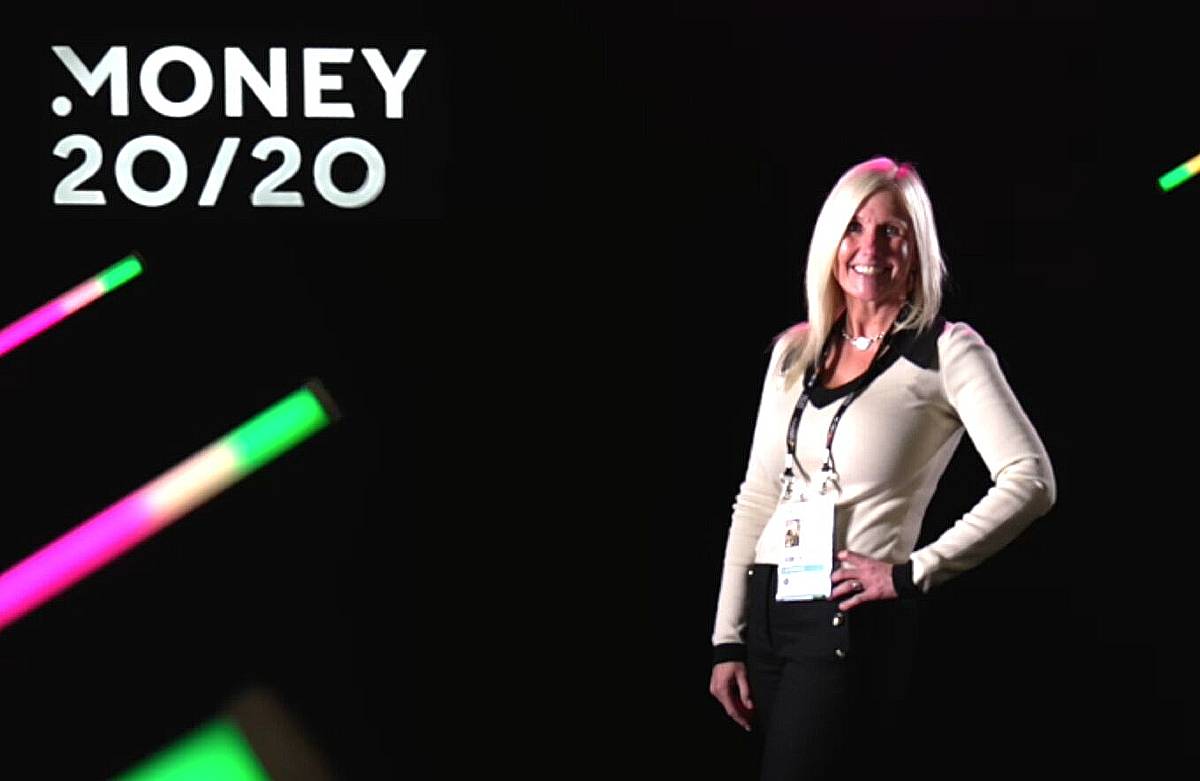When COVID-19 forced Americans to stay at home, many banks and credit unions realized their survival now depended on how well they could serve customers digitally. As a result, technology projects that had multi-year timelines were quickly moved to the fast track.
“The pandemic forced acceleration of plans that were already in place for many U.S. banks,” Alan McIntyre, senior managing director and global head of Accenture’s banking practice, says in an article for The Financial Brand. Almost like a “time machine,” he explains, the pandemic advanced the digital capabilities of traditional institutions anywhere from three to five years.
These new digital capabilities will endure massive traffic volumes as more consumers are being forced into online and mobile banking. Virtual banking apps in the U.S. experienced a 60-percent increase in downloads and installations in March 2020 alone, according to AppsFlyer. During early April, Fidelity National Information Services (FIS) saw a 200-percent jump in new mobile banking registrations in early April, and mobile banking traffic rose 85 percent. And Accenture’s McIntyre says one of its North American client institutions saw its banking app usage jump 100 percent since the start of the year.
Many banks are hopeful that recent adopters will continue using digital channels as their primary means of banking even after branches reopen. For years the industry has been trying to steer customers toward cost-effective self-service options for simple transactions like deposits, transfers, and ordering checks and cards.
Fraudsters are seeking out your weaknesses
Digital banking may be a more cost-effective and efficient way of serving customers compared to branches, but the digital channel comes with more fraud risk. Knowing this, it is critical that fraud teams are diligent in watching for suspicious digital activity across the entire customer journey.
Right now, fraudsters are diversifying their efforts to exploit institutions’ less-protected touch points. Banks and credit unions should strengthen processes and procedures that assess the fraud risks of every financial and non-monetary transaction. Additionally, they should ensure their fraud controls are structured to provide immediate insight so that investigators can quickly respond to emerging schemes and apply the appropriate action in an automated fashion.
It might be time to crowdsource fraud detection
Fraud solutions that share data and fraud reports across multiple financial institutions represent an especially effective way to detect non-monetary fraud, like applicant/new account fraud and account takeover. Organized fraud rings will seek to optimize the value of their list of stolen credentials. By adopting a crowdsourcing approach, investigators can know whether the combination of identity elements seen at your institution have previously been seen or deemed suspicious by another bank or credit union.
But as is common with fraud rings, data that may have looked benign when it passed through your institution can quickly become suspicious if it subsequently shows up in different combinations or in high frequency at multiple other institutions. Kevari solutions continue monitoring customer non-monetary data after your initial inquiry or event and alerts you to investigate if the fraud risk has changed.
Prepare for a post-pandemic reality
Banking is expected to look a lot different when we come out of the COVID-19 pandemic. More customers will be taking advantage of your digital banking tools. Perhaps more fraudsters will, too. Here are some questions to ask as your institution adapts to a post-pandemic reality:
How confident are you that you can keep fraudsters out of your digital monetary and non-monetary transactions?
Are your fraud-detection and investigative tools working in real time to keep up with the pace of digitally enabled fraud?
What manual processes should be replaced with automated solutions?
What shared data can you access to crowdsource the detection of fraud rings?






